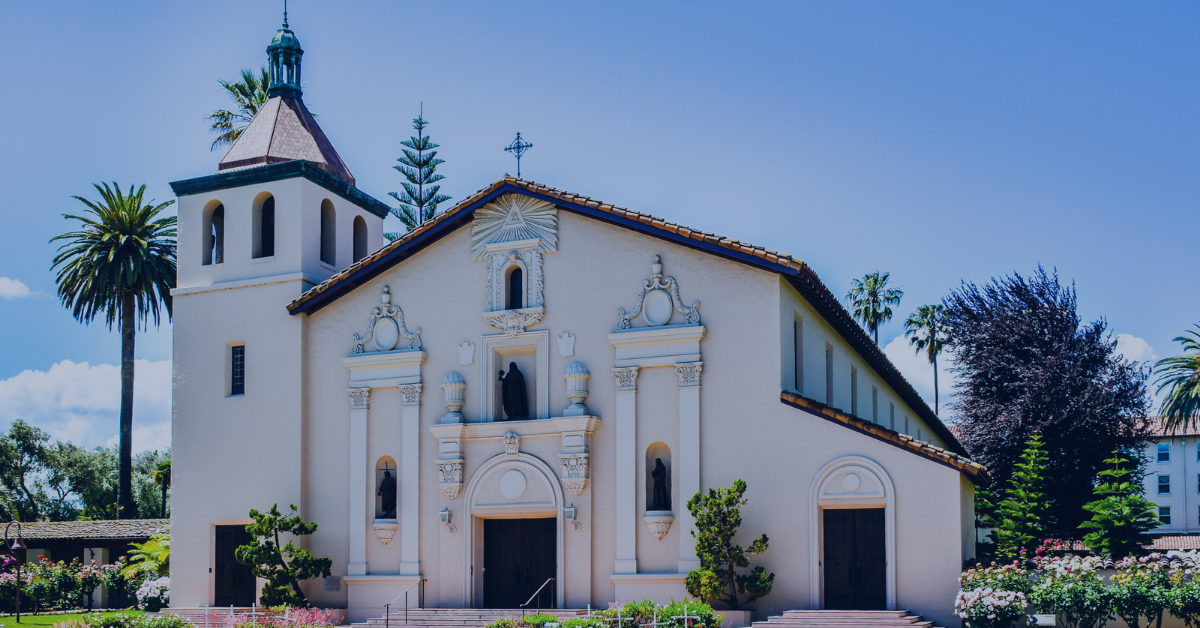Conferences, Life at Moviri, Performance Optimization, Tech Tips
Moviri at Velocity Conference 2012 – Day 1
- By Moviri Team
26 Jun

Santa Clara, June 25, 2012 – Stefano Doni and I are first timers at the O’Reilly Velocity Conference 2012. Scheduled sessions sound very interesting and we were very curious to attend our first day.
Understanding and Optimizing Web Performance Metrics by Google was our first session. The main topic was the explanation of the different browser metrics and events that directly impacts browser web page rendering and end-user perceived latency: very interesting topics if you care about your web site performance! The big deal of the session was the presentation of a brand new Google PageSpeed Insight tool: the Critical Path Explorer. Besides allowing you to analyze the typical waterfall timing diagram, the Critical Path Explorer highlights you the components that add latency to the critical path to page rendering, as well as suggesting tuning actions. A mobile version is in the works too!
The morning session offered another interesting tutorial: Taming the Mobile Beast. In this talk two Google guys, a software engineer and a member of the technical staff, showed the most critical variables and issues that we have to face during mobile web performance optimization: browser connection limits, carrier network proxy-ing, making a radio connection, caching with embedded html libraries… After a brief introduction regarding the main differences between the desktop web and mobile web (they showed a funny example which illustrated an epic failure of mobile web page. The page loading takes about 75 seconds!) , they illustrated several tools that we can use in order to analyze our mobile web page performance including “Remote debugging Chrome on Android” which allows us to debug directly from Chrome Desktop via USB tethering. Lesson learned: the web was not designed for mobile!
After a great lunch, it’s time for another tutorial. How to Walk Away From Your Outage Looking Like a HERO is the title. Cool! A volcanic speaker from WebMD explained how to improve our responses when an outage has been reported. In particular WebMD invests significant effort in order to investigate and analyze the issues. This company is so organized that there is even a working group dedicated to conceiving and planning fast solutions to “walk away” from an outage. This collaborative process can be the opportunity to gain priority and focus on improvements and enhancements of time usage. These are the main phases of outage resolution: Detect, Notify, Respond, Troubleshoot, Repair.
The following half-hour break was an opportunity to sip a big mug of coffee to help us fight jetlag. 🙂
What followed was indeed the best session of the day, an impressive talk about mobile optimization (The 90-Minute Mobile Optimization Life Cycle). I invite you to carefully consult the presentation. The speaker, Hooman Beheshti (Strangeloop Networks), showed a workflow step-by-step to optimize your mobile web site (the example is O’Reilly’s main page). The result was surprising. He reduced the time to fully load the page from 22.520 sec to 5.56 sec! Is it witchcraft? No, it isn’t! Firstly he identified the problems: too many byte, to many connection. Hence, working on HTTP compression and image compression resolves the first critical point. Then adding keep-alive connections reduces TCP connections and time to setup. Making the most of CDN and FEO optimization is the third useful advice. We can get amazing result with not much effort!
The 6 pm mark arrived and we headed to happy hour. Looking forward to seeing more tomorrow.
Read our other Velocity 2012 posts:
Comments are closed.
Categories
- Akamas
- Analytics
- Announcements
- Arduino
- Big Data
- Capacity Management
- Cleafy
- Cloud
- Conferences
- ContentWise
- Corporate
- Cybersecurity
- Data Science
- Digital Optimization
- Digital Performance Management
- Fashion
- IoT
- IT Governance and Strategy
- IT Operations Management
- Life at Moviri
- Machine Learning
- Moviri
- News
- Operational Intelligence
- Partners
- Performance Engineering
- Performance Optimization
- Tech Tips
- Virtualization
Stay up to date

© 2022 Moviri S.p.A.
Via Schiaffino 11
20158 Milano, Italy
P. IVA IT13187610152
3 Comments